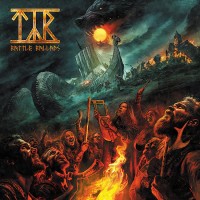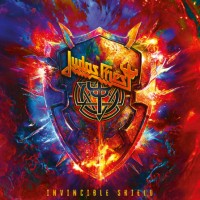Space
|
- 1
- 2
Posts: 41
Visited by: 99 users
Original post
Posted by Lucas, 17.11.2010 - 22:13

Here's a picture of it:
Yep, endless black. Awesome, right?
Here's one more, with a couple of stars:
. .
. .
. . .
.
.
Awesome, right?
Ok, so for real: space. I like it because it's so endless and just so overwhelming. I like it because there's plenty of great music it, our individual lives and the earth and the milky way and everything else is so goddamn small in comparison. It's full of fire balls (stars), comets, planets etc.
They're saying space travel should be possible (for commercial purposes) somewhere in 2014. You'll be shot about 100km high, for roughly ?70,000. Sounds like a great idea to me, if I can ever such a thing I'm definitely going for it.
What about you all? Discuss! (Or post awesome pictures of supernovas and such, but please, think about their size.)
And no, I'm not on drugs.
| Cynic Metalhead Paisa Vich Nasha |
22.02.2017 - 21:55
The mystery about "Trappist-1" finally out in public fair and square. We found 7 Earth-size planets identified in orbit around a dwarf star. Full details here.
Loading...
|
| F3ynman2000 Nocturnal Bro Contributor |
Thought I'd share this: https://www.nasa.gov/webbfirstimages First Images from the James Webb Space Telescope The dawn of a new era in astronomy has begun as the world gets its first look at the full capabilities of NASA’s James Webb Space Telescope, a partnership with ESA (European Space Agency) and CSA (Canadian Space Agency). The telescope’s first full-color images and spectroscopic data were released during a televised broadcast at 10:30 a.m. EDT (14:30 UTC) on Tuesday, July 12, 2022, from NASA’s Goddard Space Flight Center in Greenbelt, Maryland. These listed targets below represent the first wave of full-color scientific images and spectra the observatory has gathered, and the official beginning of Webb’s general science operations. They were selected by an international committee of representatives from NASA, ESA, CSA, and the Space Telescope Science Institute. These first images from the world’s largest and most powerful space telescope demonstrate Webb at its full power, ready to begin its mission to unfold the infrared universe. https://www.nasa.gov/image-feature/goddard/2022/nasa-s-webb-reveals-cosmic-cliffs-glittering-landscape-of-star-birth  This landscape of “mountains” and “valleys” speckled with glittering stars is actually the edge of a nearby, young, star-forming region called NGC 3324 in the Carina Nebula. Captured in infrared light by NASA’s new James Webb Space Telescope, this image reveals for the first time previously invisible areas of star birth. Called the Cosmic Cliffs, Webb’s seemingly three-dimensional picture looks like craggy mountains on a moonlit evening. In reality, it is the edge of the giant, gaseous cavity within NGC 3324, and the tallest “peaks” in this image are about 7 light-years high. The cavernous area has been carved from the nebula by the intense ultraviolet radiation and stellar winds from extremely massive, hot, young stars located in the center of the bubble, above the area shown in this image  https://www.nasa.gov/image-feature/goddard/2022/nasa-s-webb-sheds-light-on-galaxy-evolution-black-holes  NASA’s James Webb Space Telescope has delivered the deepest and sharpest infrared image of the distant universe so far. Webb’s First Deep Field is galaxy cluster SMACS 0723, and it is teeming with thousands of galaxies – including the faintest objects ever observed in the infrared. Webb’s image is approximately the size of a grain of sand held at arm’s length, a tiny sliver of the vast universe. The combined mass of this galaxy cluster acts as a gravitational lens, magnifying more distant galaxies, including some seen when the universe was less than a billion years old. This deep field, taken by Webb’s Near-Infrared Camera (NIRCam), is a composite made from images at different wavelengths, totaling 12.5 hours – achieving depths at infrared wavelengths beyond the Hubble Space Telescope’s deepest fields, which took weeks. And this is only the beginning. Researchers will continue to use Webb to take longer exposures, revealing more of our vast universe. https://www.nasa.gov/image-feature/goddard/2022/nasa-s-webb-delivers-deepest-infrared-image-of-universe-yet
Loading...
|
| nikarg Staff |
Spectacular photos, especially the first one. I also see potential atmoblack/ambient black album covers 
Loading...
|
| F3ynman2000 Nocturnal Bro Contributor |
13.07.2022 - 16:25 Written by nikarg on 13.07.2022 at 08:36 I was wondering if I should sneak some album covers in just to mess with you guys 
Loading...
|
| Karlabos Meat and Potatos |
13.07.2022 - 17:19 Written by F3ynman2000 on 13.07.2022 at 16:25 Pretty sure this cover was also taken from a real space photo: 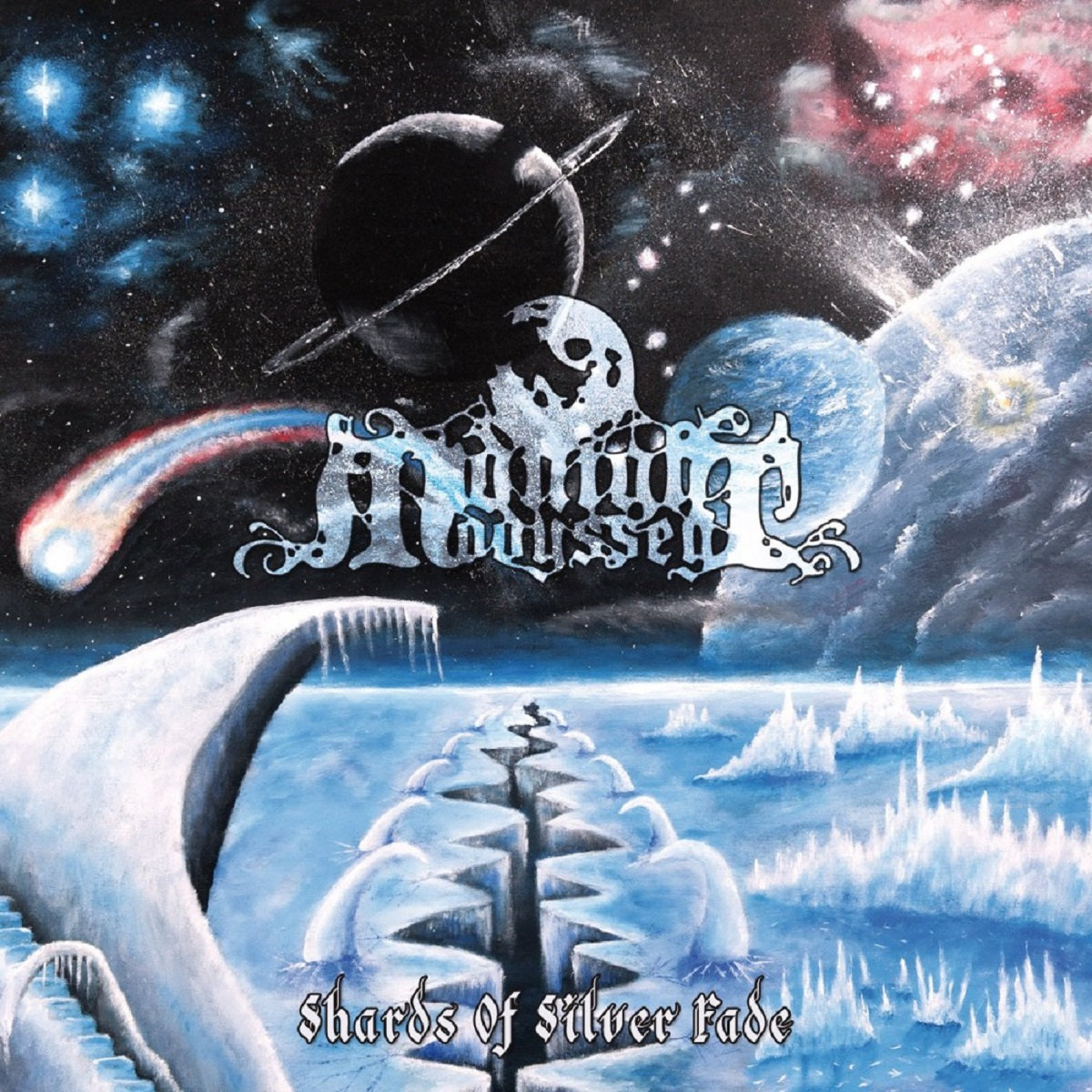
---- "Aah! The cat turned into a cat!" - Reimu Hakurei
Loading...
|
| F3ynman2000 Nocturnal Bro Contributor |
More images from James Webb Space Telescope: Jupiter seen in infrared light! https://blogs.nasa.gov/webb/2022/08/22/webbs-jupiter-images-showcase-auroras-hazes/ Stand-alone image of Jupiter in infrared light: 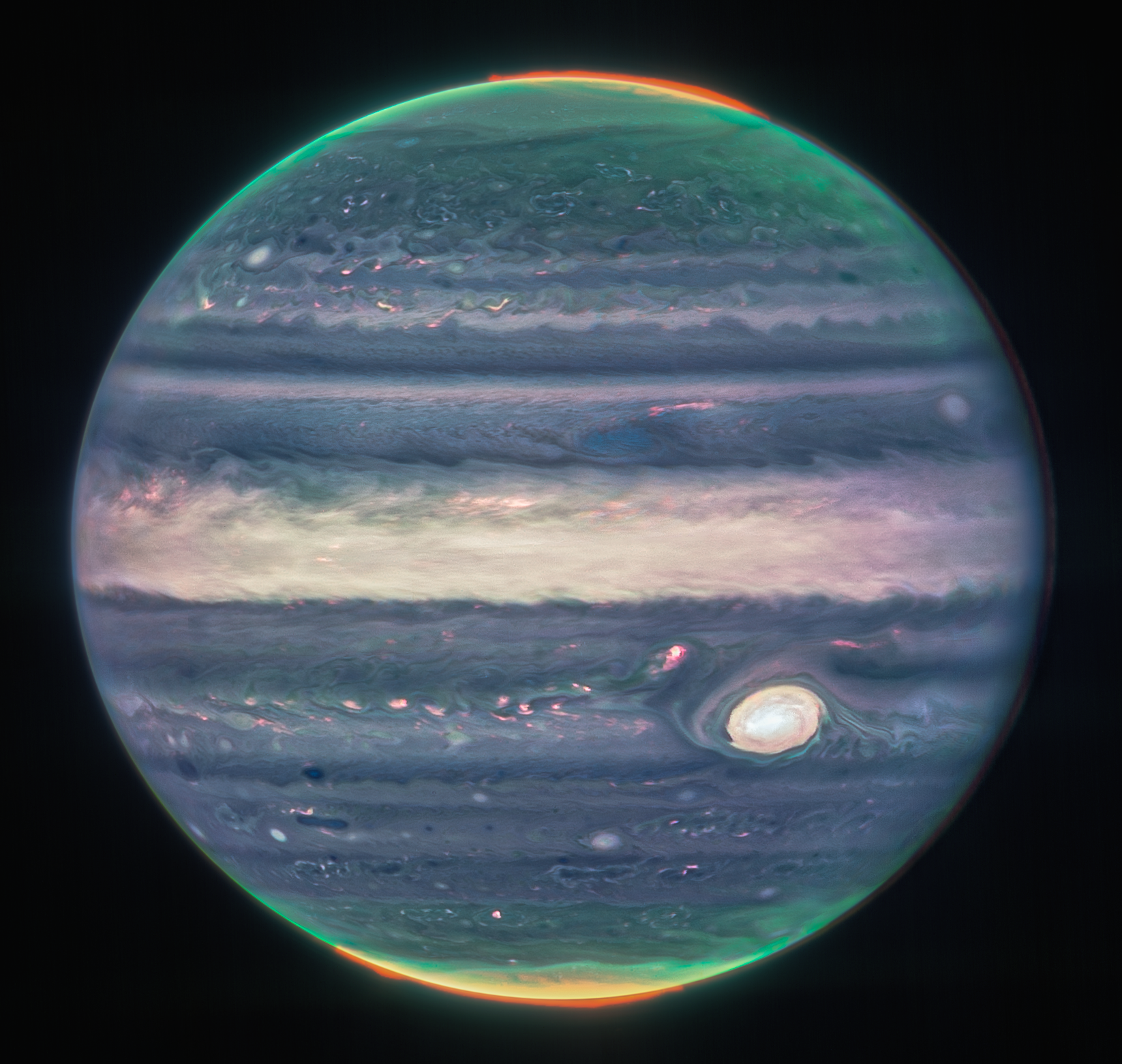 Wide-field view of Jupiter, its thin rings, two smaller moons, and faint galaxies in the background (lower part of the image): 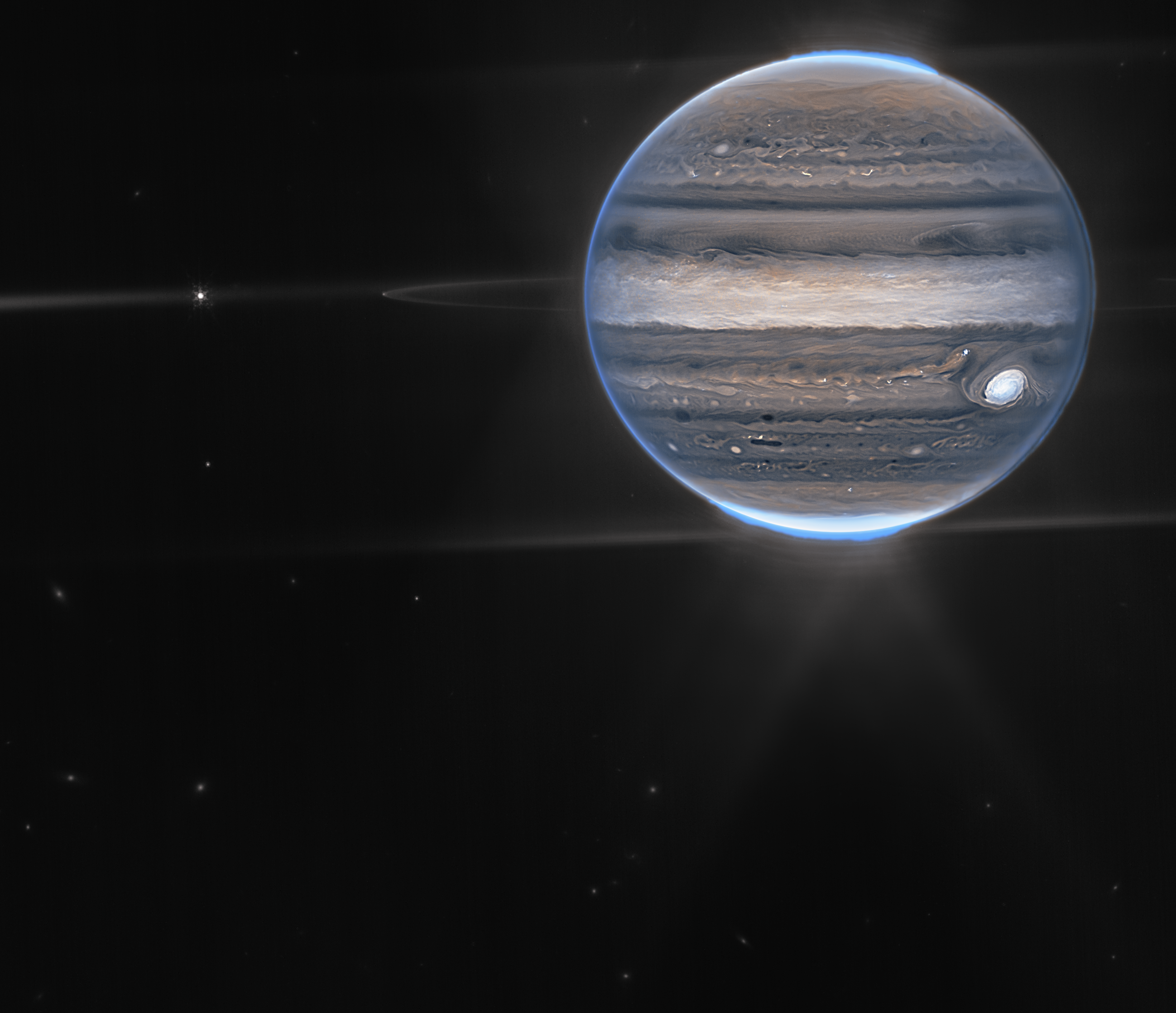 Same image with some features labeled: 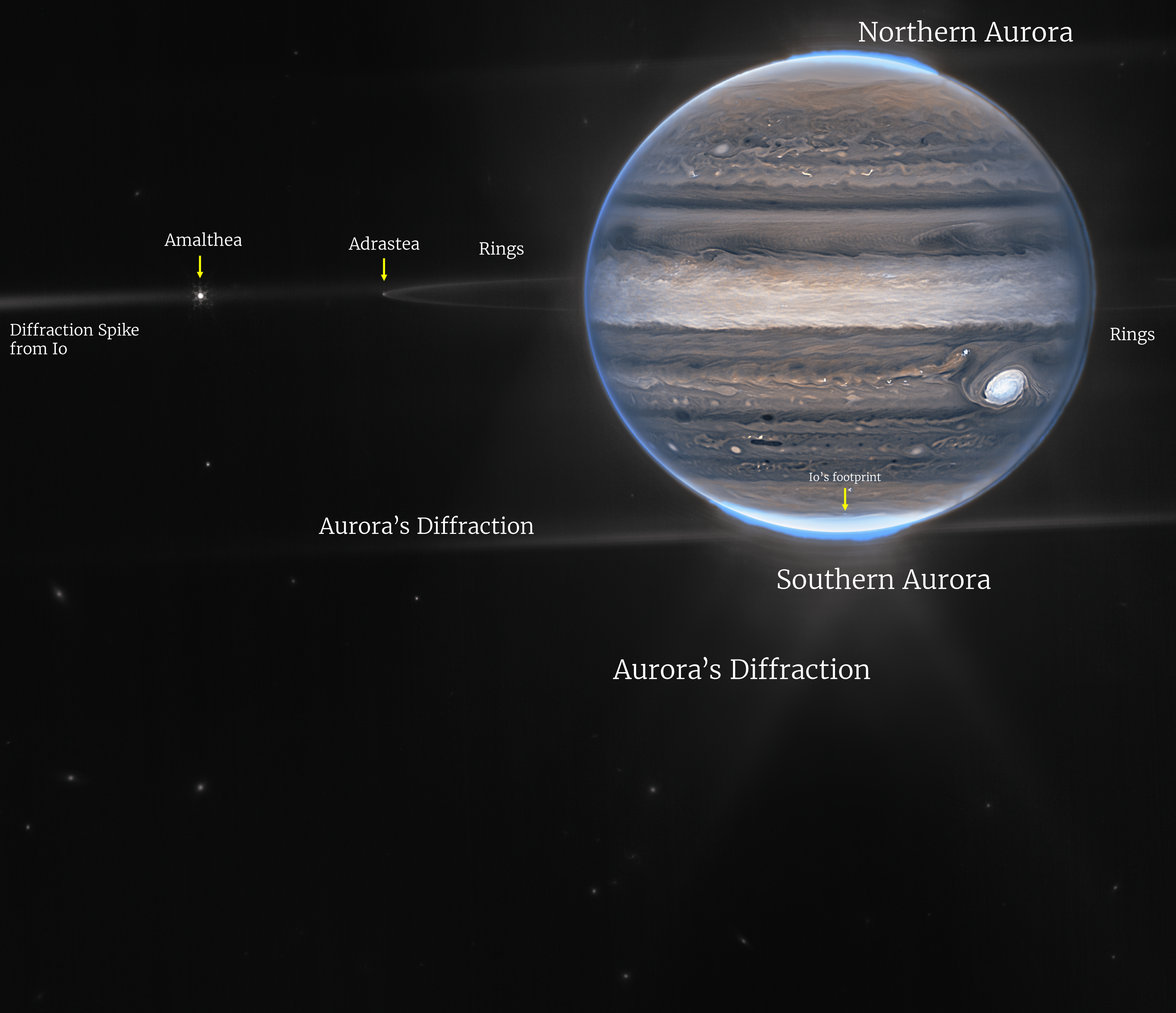 Excerpt from NASA article: " The two images come from the observatory’s Near-Infrared Camera (NIRCam), which has three specialized infrared filters that showcase details of the planet. Since infrared light is invisible to the human eye, the light has been mapped onto the visible spectrum. Generally, the longest wavelengths appear redder and the shortest wavelengths are shown as more blue. Scientists collaborated with citizen scientist Judy Schmidt to translate the Webb data into images. In the standalone view of Jupiter, created from a composite of several images from Webb, auroras extend to high altitudes above both the northern and southern poles of Jupiter. The auroras shine in a filter that is mapped to redder colors, which also highlights light reflected from lower clouds and upper hazes. A different filter, mapped to yellows and greens, shows hazes swirling around the northern and southern poles. A third filter, mapped to blues, showcases light that is reflected from a deeper main cloud. The Great Red Spot, a famous storm so big it could swallow Earth, appears white in these views, as do other clouds, because they are reflecting a lot of sunlight. “The brightness here indicates high altitude – so the Great Red Spot has high-altitude hazes, as does the equatorial region,” said Heidi Hammel, Webb interdisciplinary scientist for solar system observations and vice president for science at AURA. “The numerous bright white ‘spots’ and ‘streaks’ are likely very high-altitude cloud tops of condensed convective storms.” By contrast, dark ribbons north of the equatorial region have little cloud cover In a wide-field view, Webb sees Jupiter with its faint rings, which are a million times fainter than the planet, and two tiny moons called Amalthea and Adrastea. The fuzzy spots in the lower background are likely galaxies “photobombing” this Jovian view. “This one image sums up the science of our Jupiter system program, which studies the dynamics and chemistry of Jupiter itself, its rings, and its satellite system,” Fouchet said. Researchers have already begun analyzing Webb data to get new science results about our solar system’s largest planet "
Loading...
|
| AndyMetalFreak A Nice Guy Contributor |
Written by F3ynman2000 on 24.08.2022 at 22:14 Amazing photos 
---- http://Andy's 2024 album ranking
Loading...
|
| F3ynman2000 Nocturnal Bro Contributor |
Cool photo taken by JWST:  M74 shines at its brightest in this combined optical/mid-infrared image, featuring data from both the Hubble Space Telescope and the James Webb Space Telescope. With Hubble’s venerable Advanced Camera for Surveys (ACS) and Webb’s powerful Mid-InfraRed Instrument (MIRI) capturing a range of wavelengths, this new image has remarkable depth. The red colors mark dust threaded through the arms of the galaxy, lighter oranges being areas of hotter dust. The young stars throughout the arms and the nuclear core are picked out in blue. Heavier, older stars towards the galaxy’s centre are shown in cyan and green, projecting a spooky glow from the core of the Phantom Galaxy. Bubbles of star formation are also visible in pink across the arms. Such a variety of galactic features is rare to see in a single image. Scientists combine data from telescopes operating across the electromagnetic spectrum to truly understand astronomical objects. In this way, data from Hubble and Webb compliment each other to provide a comprehensive view of the spectacular M74 galaxy. This image shows Webb near-infrared data combined with optical data from Hubble. Lacy red filaments spiraling out of the center of the galaxy are overlaid over a black field speckled with stars. The center of the galaxy glows in a pale color. The red filaments contain pops of bright pink, and some blue stars are visible in the background. The red color is dust, lighter oranges in the dust mean that dust is hotter. The young stars sprinkled through the arms and around the core of the galaxy are blue. Heavier older stars nearer the center of the galaxy are cyan and green and contribute to its glow. The pink pops of color are star forming regions. From: https://www.flickr.com/photos/nasawebbtelescope/52324839010/in/album-72177720301006030/
Loading...
|
| Cynic Metalhead Paisa Vich Nasha |
India became the 4th country(US, Soviet, China) to land on the moon. First country to step on the most extreme side of the moon(Lunar surface). What's more interesting will now be to assess the data. We have never got to the inhospitable side of the Moon.  For more details, https://www.isro.gov.in/Chandrayaan3.html
Loading...
|
| F3ynman2000 Nocturnal Bro Contributor |
Written by Cynic Metalhead on 23.08.2023 at 15:06 Wow! That's awesome! Congratulations!
Loading...
|
| Cynic Metalhead Paisa Vich Nasha |
Just a week from landing on Moon, a land of elephants, snakes, cows, and temples built every 5 miles, it launches another historic ISRO mission -- mission to Sun.  With BRICS swelling up after NATO got a hit from Ukraine's war, India doing great.
Loading...
|
- 1
- 2

